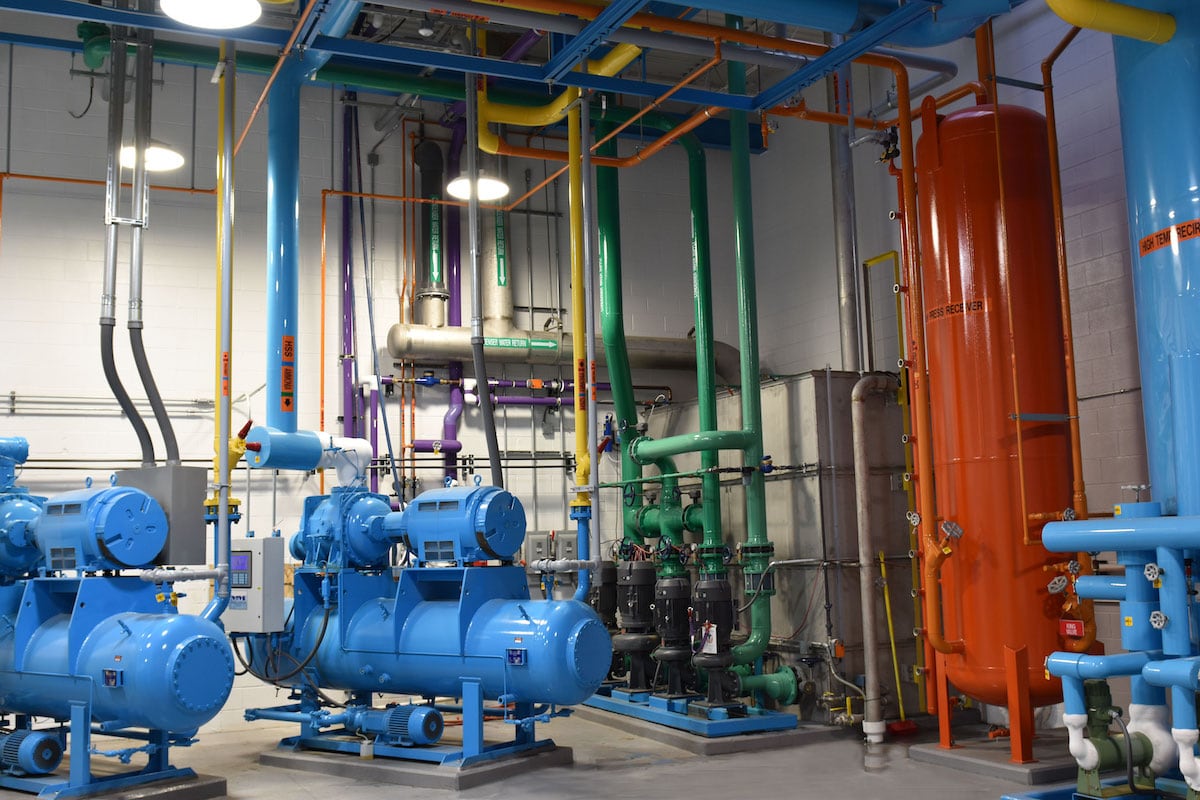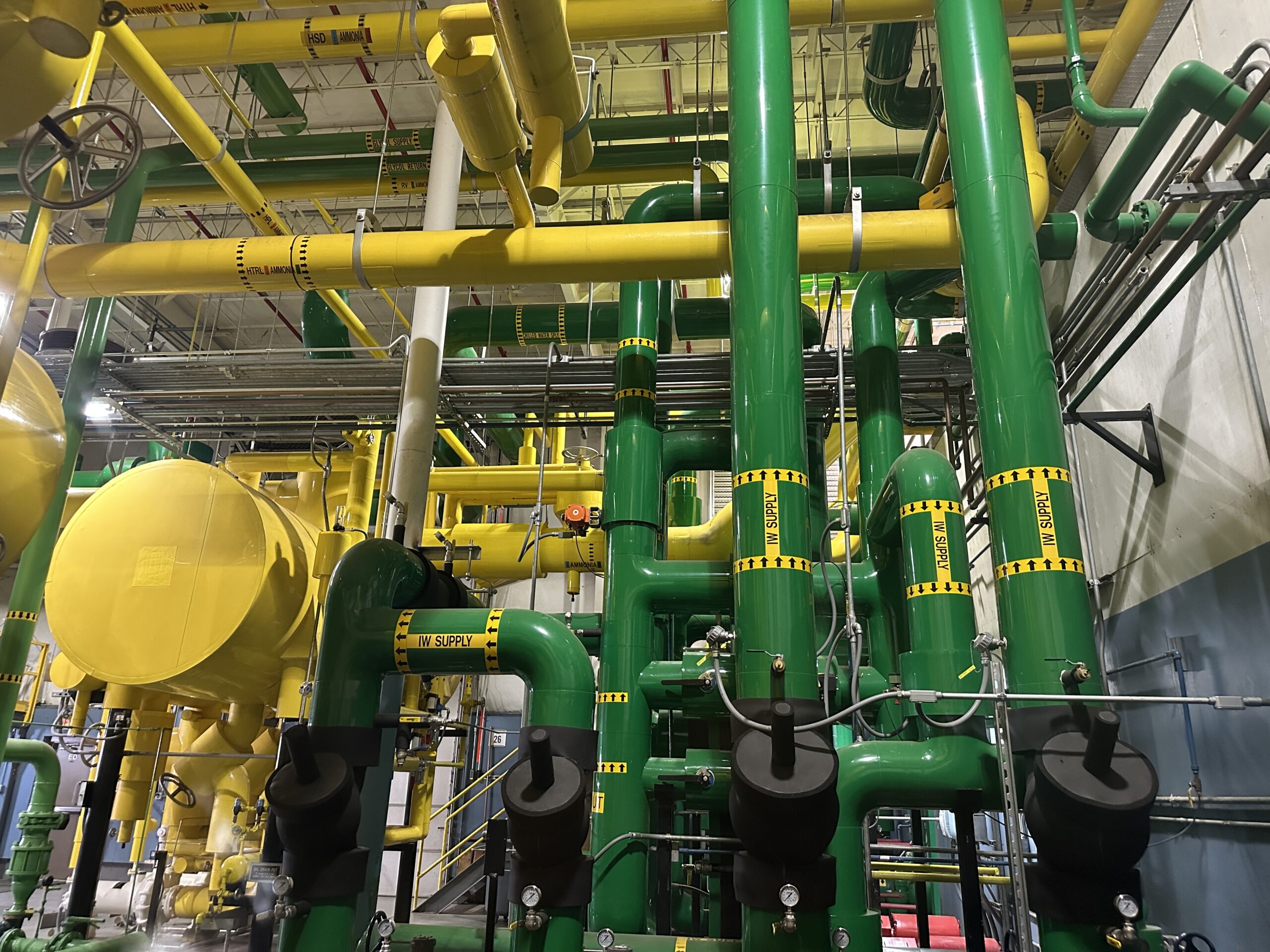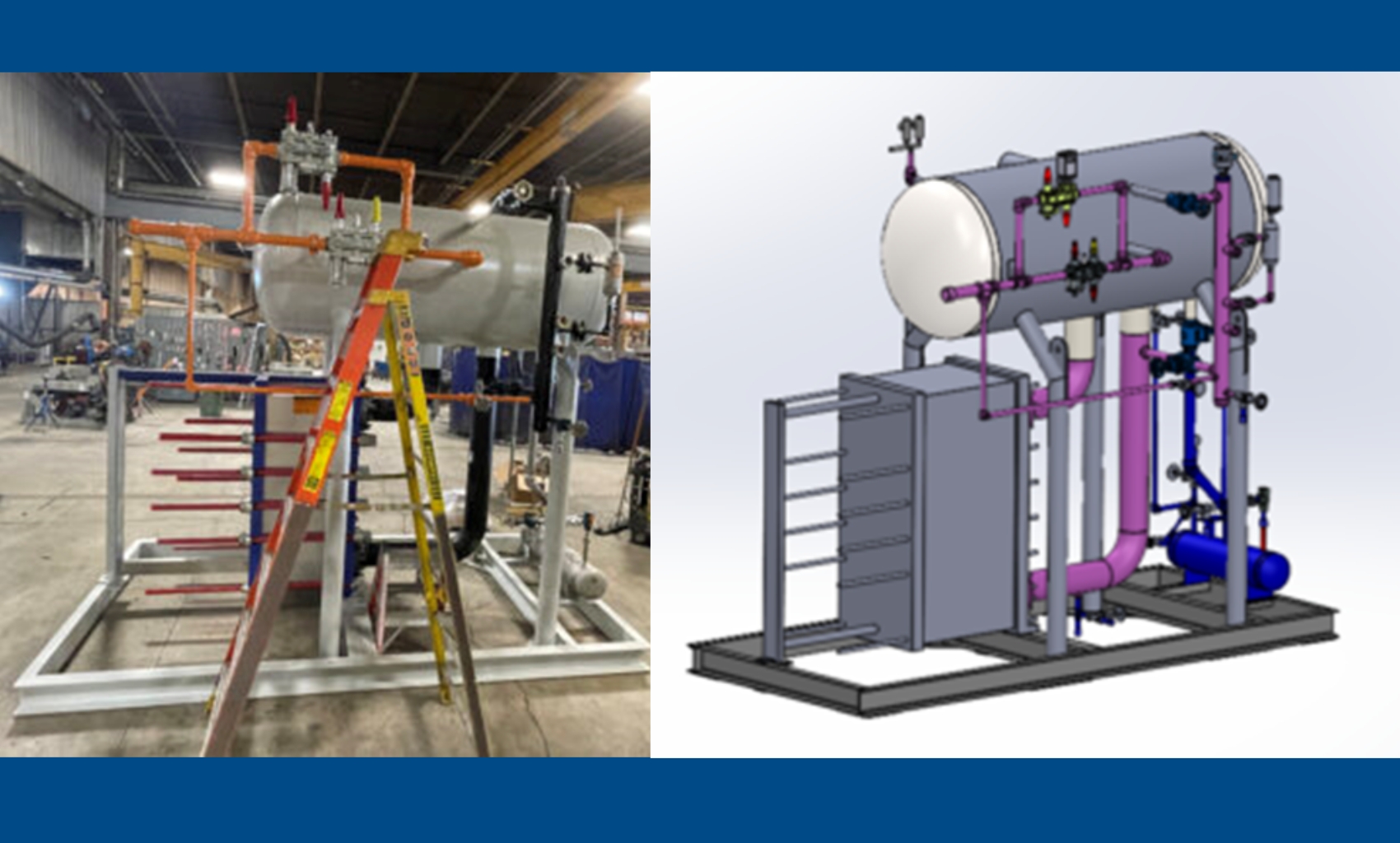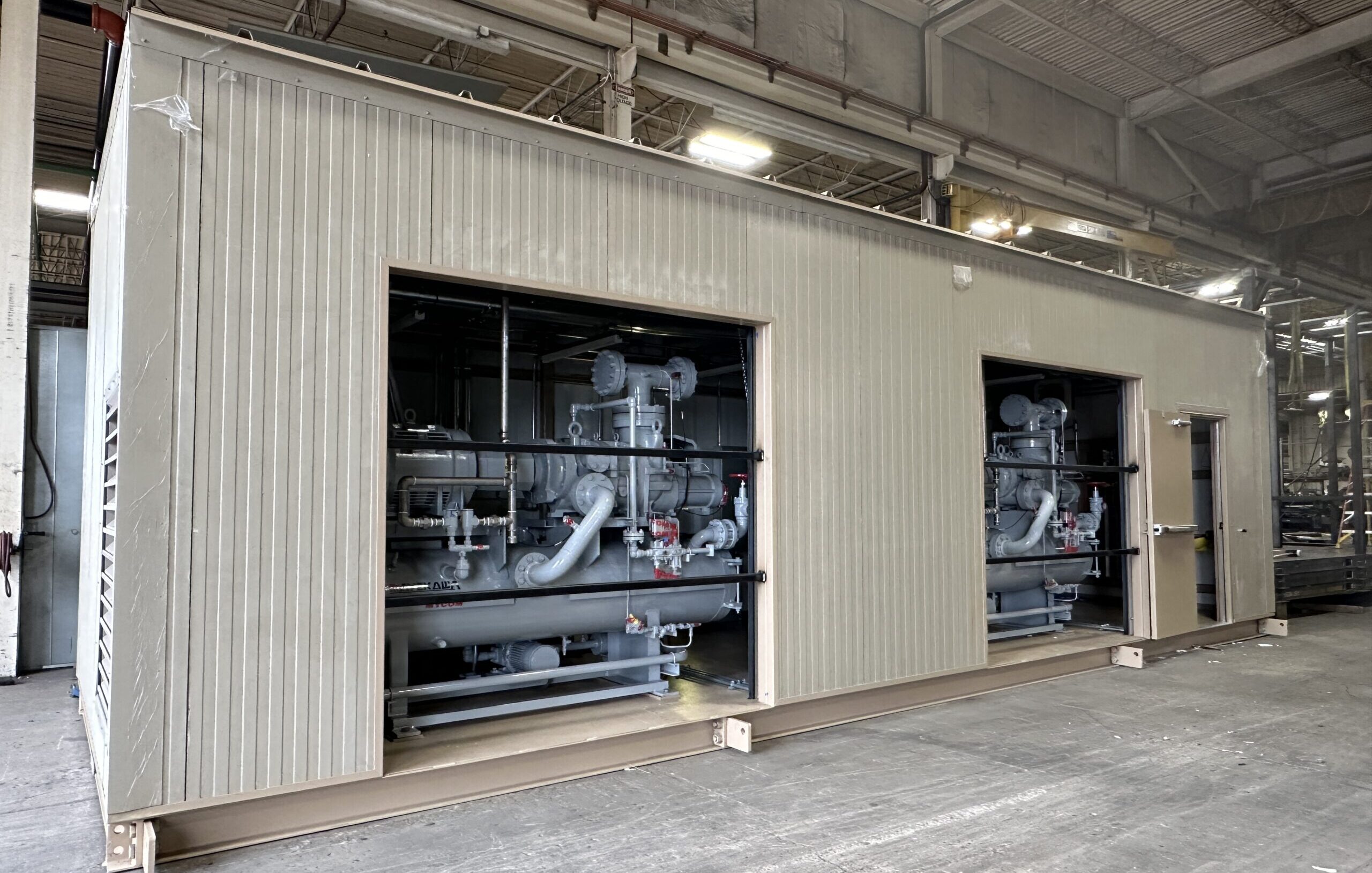Before 1928, synthetic refrigerants (CFCs, CHFCs, HFCs, HFOs) had not been invented, and ammonia was used for various cooling, chilling, and freezing tasks. As synthetic refrigerants became widely used for air conditioning, ammonia remained the preferred refrigerant for food and beverage production, large cold storage facilities, and industrial applications.
Ammonia remained the premier refrigerant for these applications because of its unique physical characteristics, which drive its energy efficiency, environmental friendliness, lower cost, and safety standards. Here are some of the benefits of using ammonia refrigerant:
Ammonia Refrigeration Benefits
Ammonia is Energy Efficient
In a refrigeration process, heat is removed from a space and transferred into the refrigerant by boiling it. Each refrigerant has a fixed amount of heat it can remove per pound of refrigerant through boiling or evaporation. Ammonia is outstanding in this regard. For example, it removes almost six times as much heat per pound as R410a, a synthetic alternative.
This reduces the amount of ammonia that must be circulated in a refrigeration system, reduces compressor and pump energy consumption, and reduces the size of refrigeration system components.
Environmentally Friendly
Ammonia is a naturally occurring compound consisting of nitrogen and hydrogen. The breakdown of organic waste is a key source of this naturally occurring refrigerant.
In early Spring and late Fall, it is common to see tractors pulling large white tanks of ammonia across bare farm fields. Ammonia is one of the most widely used nitrogen fertilizer sources for crops such as corn or wheat. It’s good for the Earth.
In contrast, synthetic refrigerants have been phased down and outlawed, as they have been linked to the damage of Earth’s protective ozone layer, to global warming, and the formation of “forever” chemicals (PFAs and TFAs) in the environment. While synthetic refrigerants have required change and have been replaced by ever more expensive replacement versions of synthetic refrigerants, the natural solidity of ammonia as a refrigerant has proven to be of great value.
Ammonia Refrigeration is Inexpensive
Larger refrigeration systems, though occasionally adapted to minimize refrigerant charge these days, typically feature large amounts of refrigerant. In these cases, the cost of a system’s initial charging and ongoing maintenance requirements can vary greatly, depending on the refrigerant used.
For example, a 12,000-pound ammonia charge, at $2/pound, would cost $24,000. A 12,000-pound charge of R410a, at $15/pound, would cost $180,000.
Safe Design
Ammonia has been classified as a B2L refrigerant, with concerns for toxicity at higher concentrations and its low level of flammability. As such, since its introduction, significant advancements have been made in the establishment of safe practices in building codes and fire codes and the development of industry-wide standards related to the safe use of ammonia as a refrigerant.
Additionally, ammonia refrigeration systems feature welded construction, with greater inherent strength for containment than brazed or soldered alternatives.
Further, ammonia has a pungent smell, which has distinct benefits. It alerts those in the surroundings of a leak, enabling quick exits from affected areas and assisting in leak detection and repair. Learn more about how to respond to an ammonia leak.
Ammonia Refrigeration Experts
Ammonia is an efficient, environmentally sound, inexpensive, and safe refrigerant. Natural refrigerants, like ammonia require skills and knowledge for safe and efficient use. This skill and knowledge are proficiencies that the Bassett Mechanical team has shared with its customers throughout its 87-year history and will continue to do so. Learn more about our industrial refrigeration services.
Contact our industrial refrigeration experts to discuss your next project!




